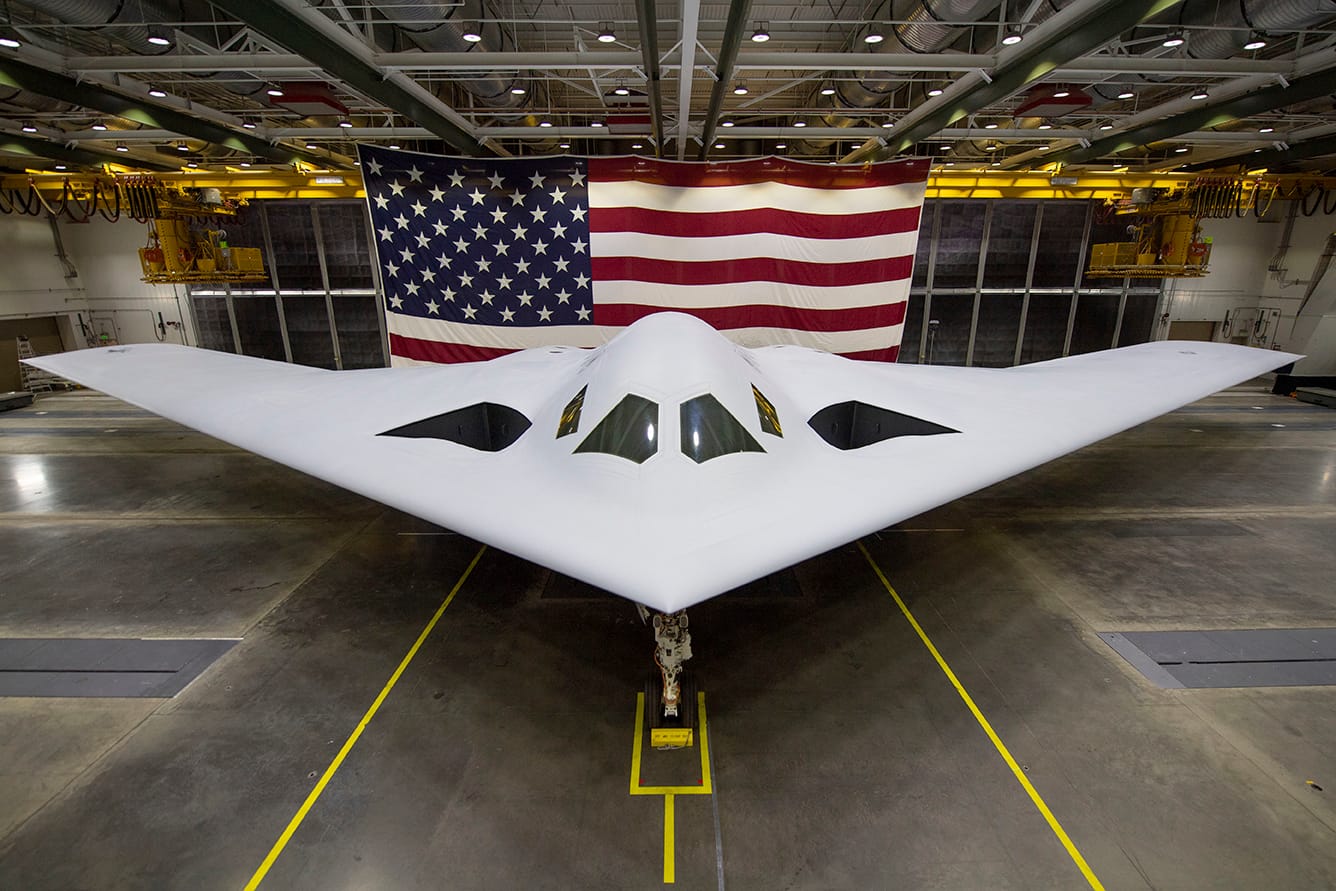BOX ELDER, S.D. – The 2024 South Dakota Legislature considered two spending measures for construction projects aimed at preparing for an influx of military personnel and civilians arriving with the launch of the new B-21 Raider bomber program at Ellsworth Air Force Base.
The state funds were proposed in one bill to help build a new elementary school to accommodate rapid student population growth in Box Elder and through another measure that would include the Rapid City Regional Airport in a funding package to aid expansion of airports across the state.
In this tight budget year, lawmakers rejected the plan to spend up to $15 million to help pay for a new $60 million elementary school in the Douglas School District, which serves many families that live and work in and around the base.
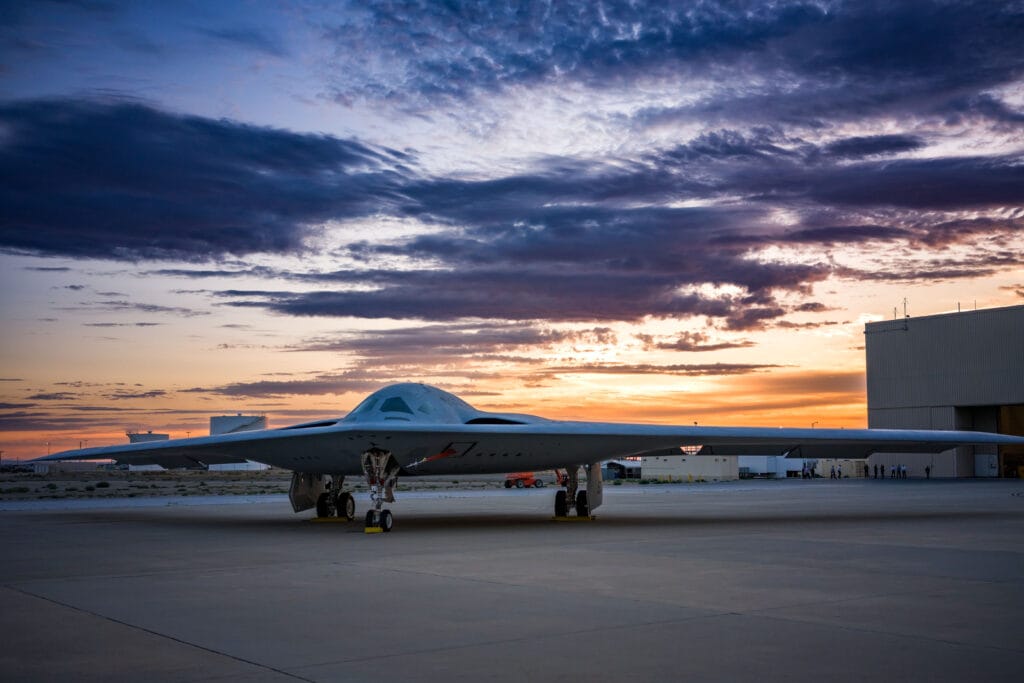
But as the 2024 legislative session winds down, legislators are still considering a proposal to spend up to $90 million in state funds to offset costs of expansion projects at municipal airports across the state. At the Rapid City Regional Airport, some of it could help pay for $220 million in planned improvements and expansions to prepare for expected large increases in passengers and flights due to the launch of the B-21 program at nearby Ellsworth.
Ellsworth was officially chosen in June 2021 as the main base of operations and training location for the Air Force's new B-21 Raider bomber, a $700 million long-range stealth jet with nuclear capabilities that is intended to replace the B-1B Lancer bomber that has been based at Ellsworth for years.

BRAC memories, worries still fresh
In pitching the spending packages, lawmakers from western South Dakota argued that state financial support is needed for the school and airport projects to accommodate the B-21 program and to ensure the long-range viability of the base that was nearly closed by the federal government during the Base Realignment and Closure process in 2005-2006.
Sen. Helene Duhamel, R-Rapid City, sponsored Senate Bill 204 to help fund the proposed elementary school, starting at a $15 million request and then reducing the ask to $5 million after debate. Duhamel reminded members of the Senate Education Committee of the harrowing process South Dakota leaders went through in trying to keep Ellsworth off the final BRAC list in 2006. Duhamel said the effort required support from the South Dakota congressional delegation, state officials and local leaders to persuade the federal government to keep Ellsworth open.
"This did not happen by accident," Duhamel testified. "It was hard work, investment with an eye on the future and a willingness to help when needed."
When the 2005 BRAC process began, Ellsworth was home to about 3,500 active duty personnel, 800 civilian employees and created a $350 million annual impact in South Dakota, Duhamel said. Saving the base protected jobs and revenue across the region, and now helping the local school system and regional airport would show the Air Force that Ellsworth is valued not only within the military but by South Dakota and the local community as well, she said.
"It's time to help again," Duhamel said, pointing out that the annual economic impact of the base will rise to $480 million a year once the B-21s arrive. "South Dakota needs to do its part to support the military when the military supports us."
Military wants to see local investment
Scott Landguth, executive director of the South Dakota Ellsworth Development Authority, told lawmakers that local investments are an important factor for the military when it decides whether to maintain or expand its bases. Air Force officials often ask about local "quality of life" issues, which includes the local school system, he said.

Ellsworth has obtained greater stability by aggressively seeking new and expanded roles within the Air Force, Landguth said. Examples include the addition of the Air Force Financial Services Center at Ellsworth in 2007, adding the command and control mission for the MQ-9 Reaper drone program to the base in 2010 and the 2015 opening of the 35,000-square-mile Powder River Training Complex, a major airspace training expansion northwest of Ellsworth.
"We've always been on the offensive so we're not back to where we were (with BRAC)," Landguth said. "The quality of schools is definitely on the radar of the Air Force because they want their airmen and families to be taken care of. And they want the communities where they are investing to be part of that."
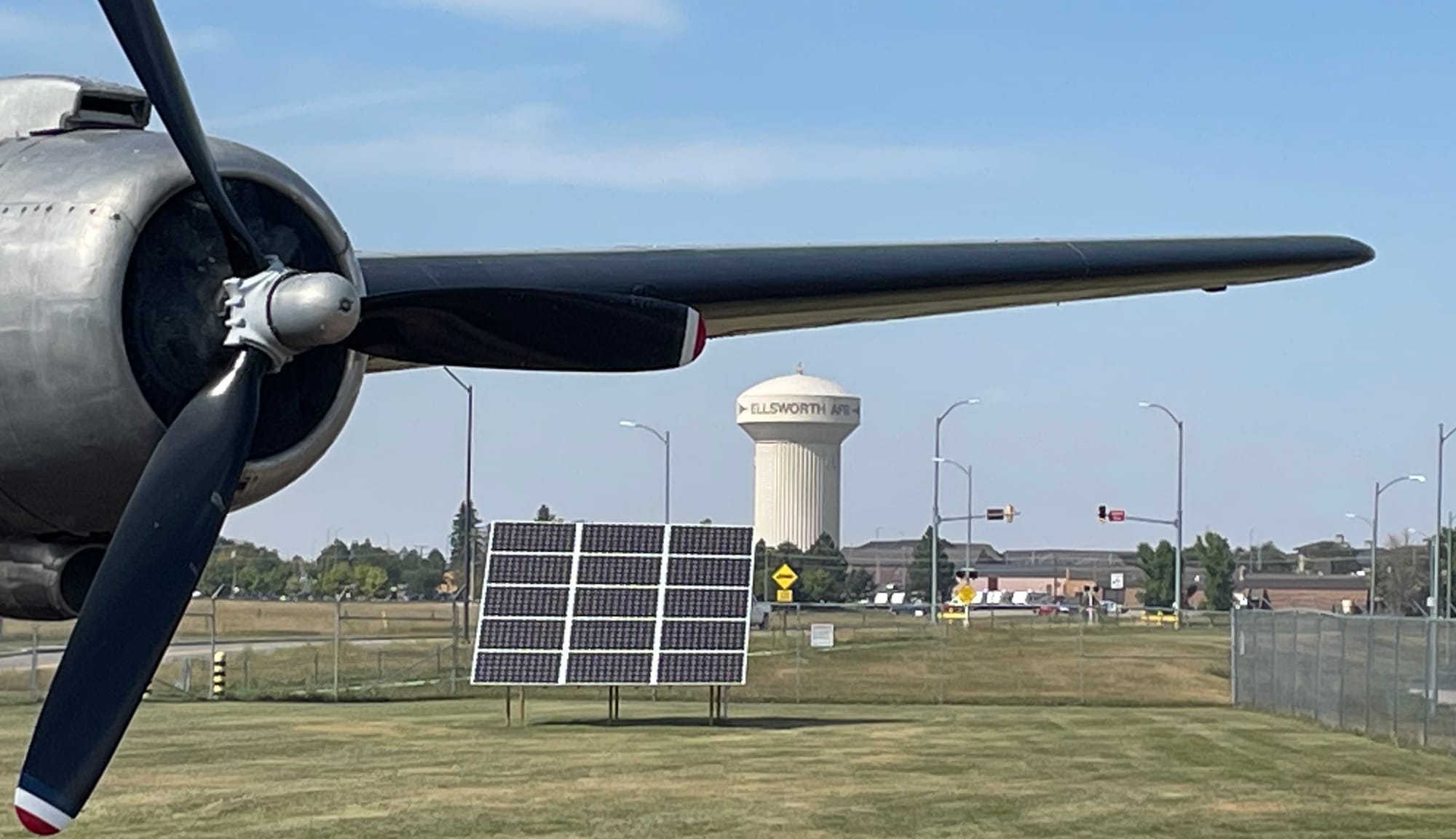
Ellsworth colonel: Investments help ease stress
Col. Derek Oakley, commander of the 28th Bomb Wing at Ellsworth, said at a recent meeting in Rapid City that the Air Force will embark on nearly three dozen individual construction projects on the base at an estimated cost of at least $1.5 billion.
The B-21 program will add more than 4,000 new military personnel, families and civilian workers to the base over the next 20 years, bringing the total base population to nearly 12,000 people, Oakley said.
The Air Force projected in its B-21 Economic Impact Statement that development of the new bomber program at Ellsworth will create nearly 600 local jobs and almost $24 million in local economic impact. Once the bombers arrive, some state officials estimate the program will create an annual benefit of $480 million to the state.
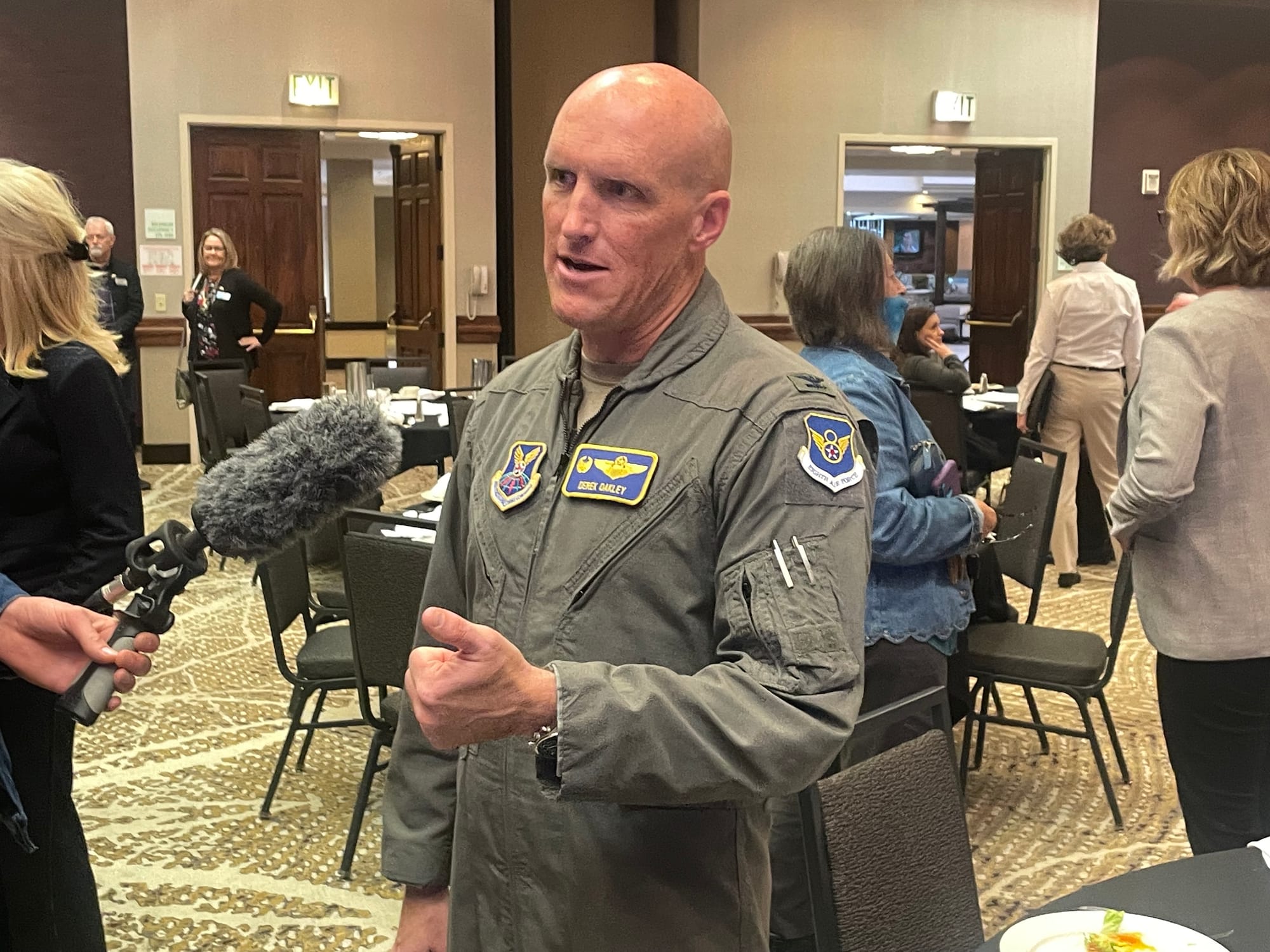
As on-base preparations take off, signs of growth are visible throughout Box Elder, which for years has had strong population growth but not significant retail or commercial development. New houses and apartments are being rapidly constructed, and the town of 12,000 a few miles east of Rapid City has several new businesses already built or in progress, including a McDonald's, a Starbucks, a Pizza Hut, new bank branches and at least two major gas station/convenience stores.
During a November luncheon hosted by the Black Hills Forum and Press Club, Oakley spoke of the importance of making sure base personnel are well cared for as they take on extended duties due to the B-21 preparations and eventual arrival.
Oakley stressed the importance of ensuring that existing airmen and airwomen, as well as the new arrivals, are not overworked or face hardships outside their work lives.
"It's a lot to put on their backs for airmen right now," Oakley told News Watch in an interview. "Our biggest challenge is keeping them engaged and not overworking them. We talk about mental health and taking care of our airmen on and off the base, making sure they have the right time off and things like that."
South Dakota officials, lawmakers oppose school money
Many of those new military personnel have young children, and Douglas schools will have an estimated enrollment increase of 1,500 in the next 15 years, said superintendent Kevin Case.
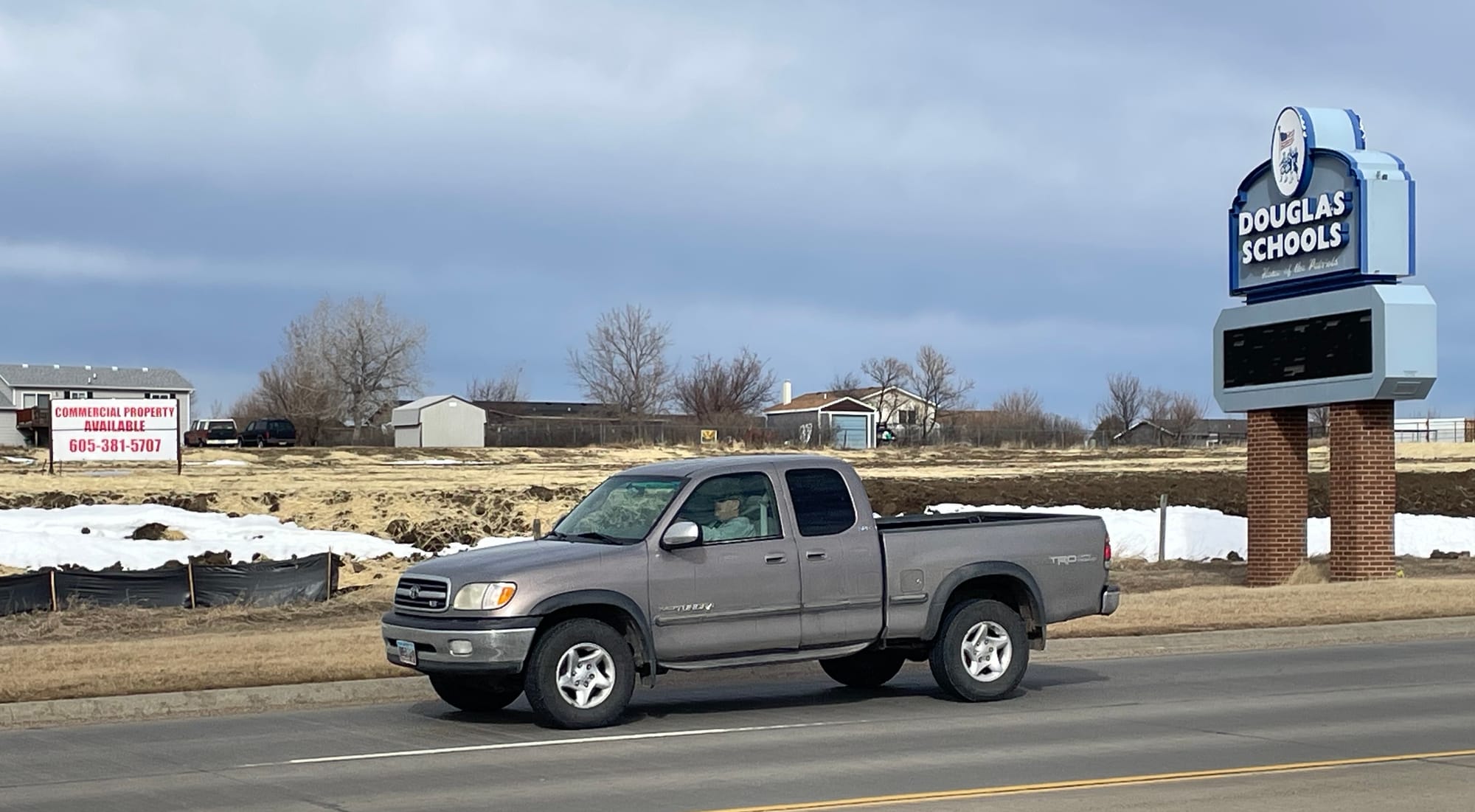
The district has already spent $6.2 million on planning for the new elementary school, he said. The federal government is expected to pay about $40 million of the $60 million total construction cost. The district has a limited tax base upon which to draw and sought the state money to make the deal complete, Case said.
But Morgan Gruebele, a budget analyst with the state Bureau of Finance and Management, told senators it would be unfair to provide extra state money to Douglas schools when other districts across the state are not receiving it.
She also noted that the district currently carries no debt, has an existing capital fund of $2.4 million, accepted $10 million in COVID-era funding and received $24.8 million in "impact aid" that the federal government provided Douglas in 2023 to cover lost property tax revenues due to the base's presence in the district.
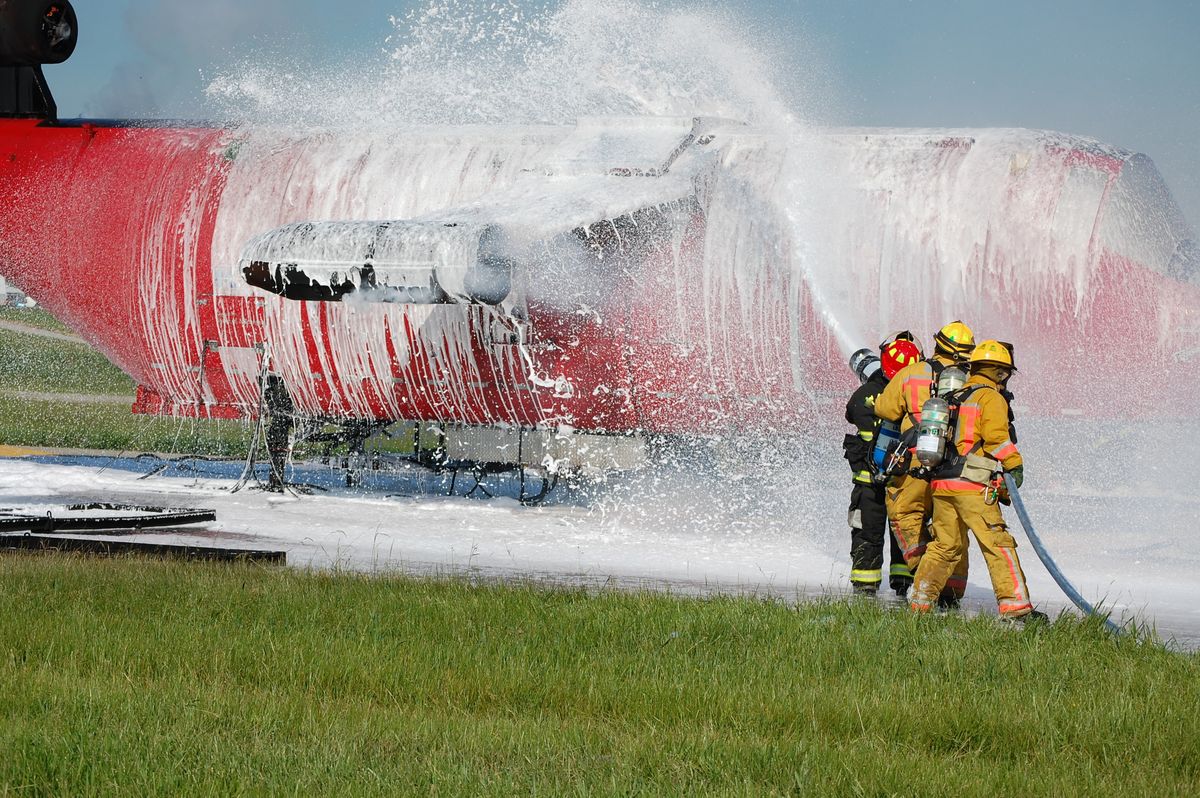
"Douglas has many funding sources," Gruebele said in opposing the spending measure. "If the state would decide to fund the Douglas school construction, there would be many other schools wondering why they didn't receive state support for their projects."
The Senate Education Committee passed the bill on a 5-2 vote, but the Joint Appropriations Committee rejected it in an 11-7 vote.
FAA funding dip a reason for state aid to airports
As of Feb. 28, the proposal to use state funding to expedite expansion of airports statewide still had life in the Legislature.
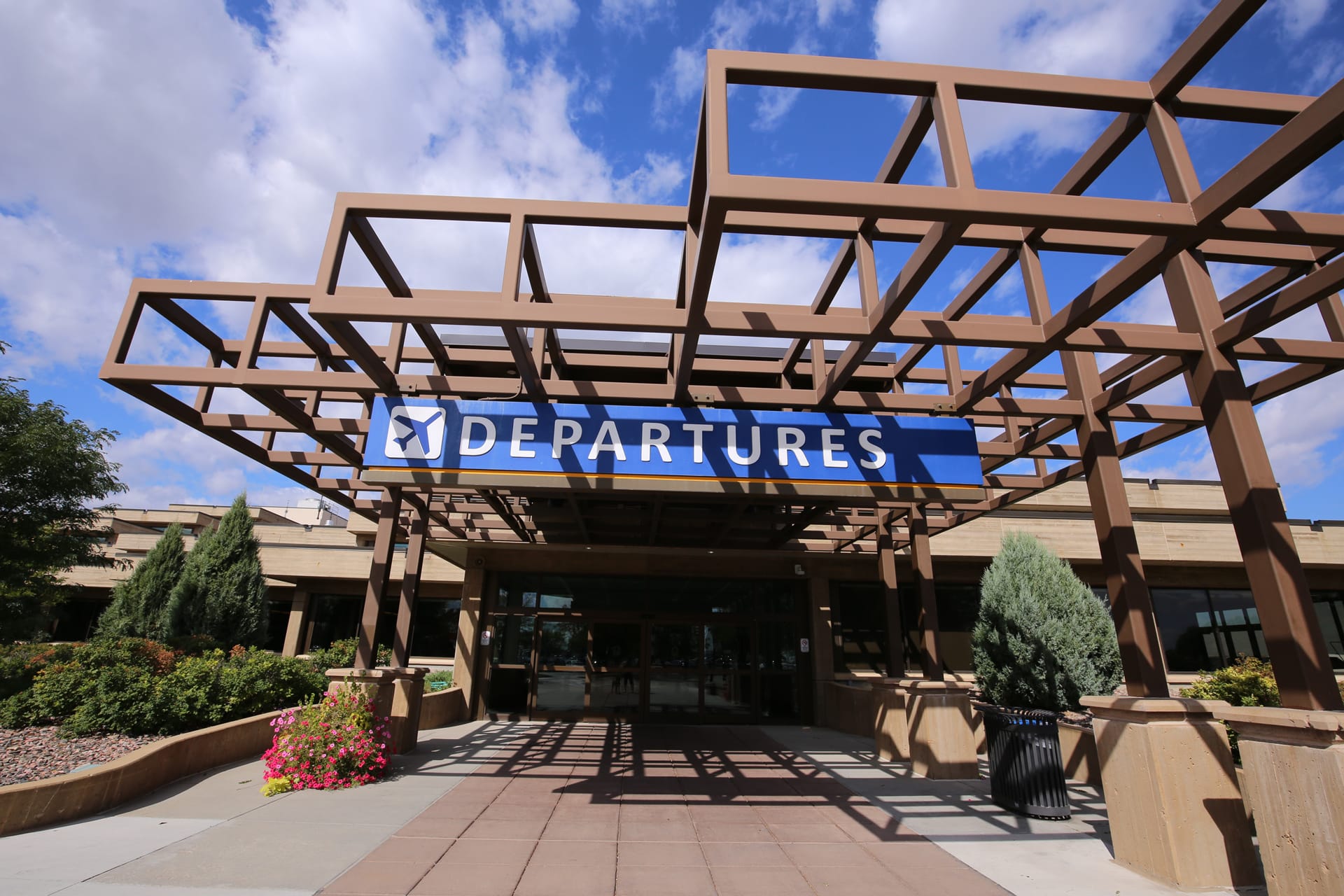
The Joint Appropriations Committee passed Senate Bill 144 on a 15-2 vote, but lowered the funding level to $1 prior to passage. Passing the bill with no meaningful funding allows for negotiations to continue by appropriators to find a funding level that will be acceptable to the full Legislature and Gov. Kristi Noem.
Initially, the measure would have provided $90 million over five years for airport projects that the state Aeronautics Commission deemed appropriate. The sponsor submitted an amendment cutting the spending to $30 million, but appropriators so far have not decided on a spending level.
Airport officials told lawmakers the state money is needed because funding from the Federal Aviation Administration has been stagnant and is not sufficient to make expensive improvements needed to accommodate passenger growth, especially in the Sioux Falls and Rapid City markets.
The Sioux Falls Airport Authority in 2022 approved a $170 million, two-phase plan to add eight new gates to the airport as well as other improvements, including a concourse expansion. State money is needed to help pay for those improvements, Sioux Falls Regional Airport executive director Dan Letellier told lawmakers.
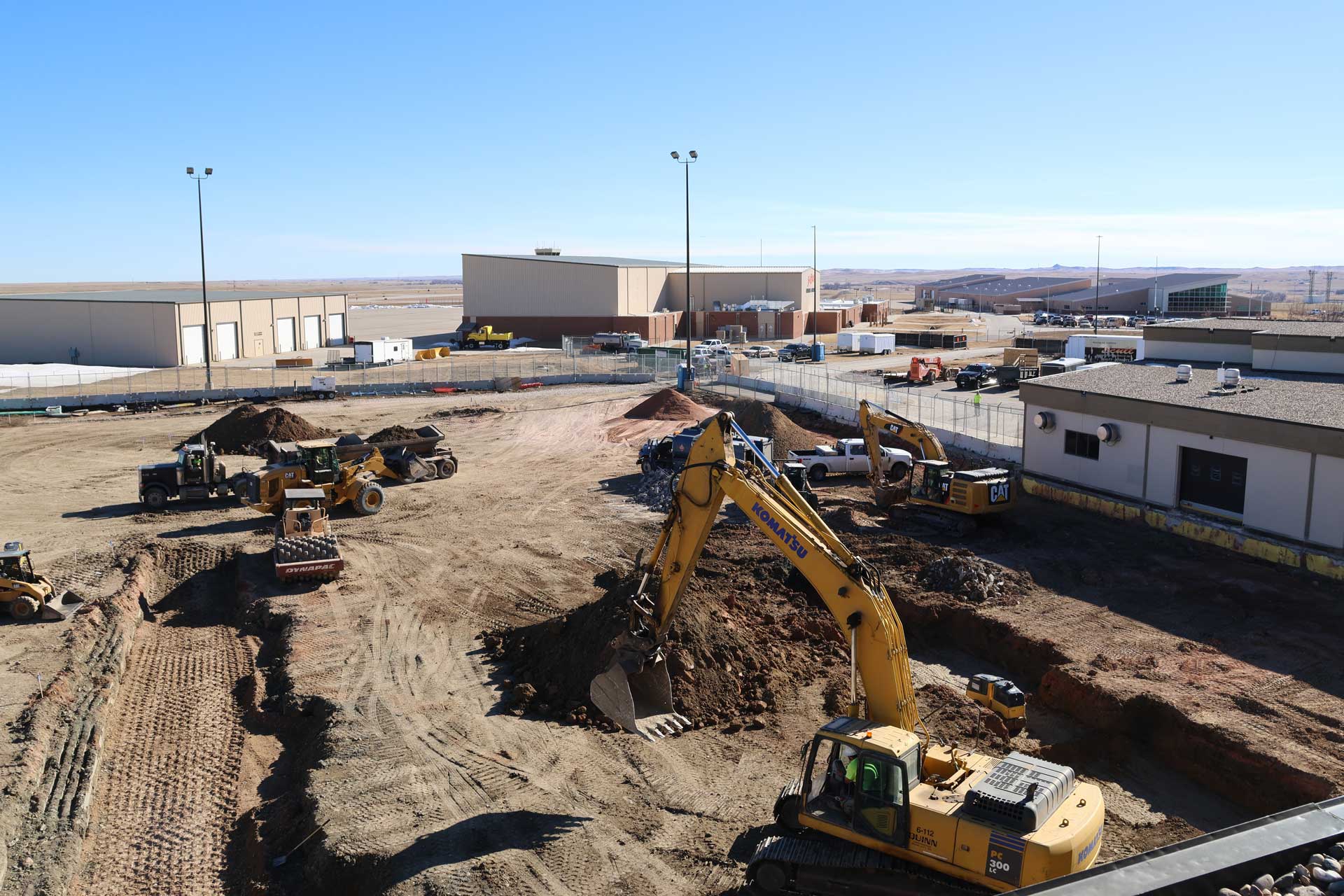
$220M plan includes more California flights
The Rapid City Regional Airport in late 2023 embarked on a three-phase expansion effort estimated to cost $220 million over the next few years, according to Megan Johnson, spokeswoman for the airport.
The first phase, now underway, would redo the aging baggage handling and Transportation Security Administration checkpoint areas at a cost of $83 million, Johnson said. Future projects would add five new gates and upgrades to the rental and baggage claim areas, she said.
Johnson told News Watch that the airport expansion is driven by steadily rising passenger counts in recent years but also due to the expectation that departures and arrivals will need to increase to accommodate growth from the B-21 program.
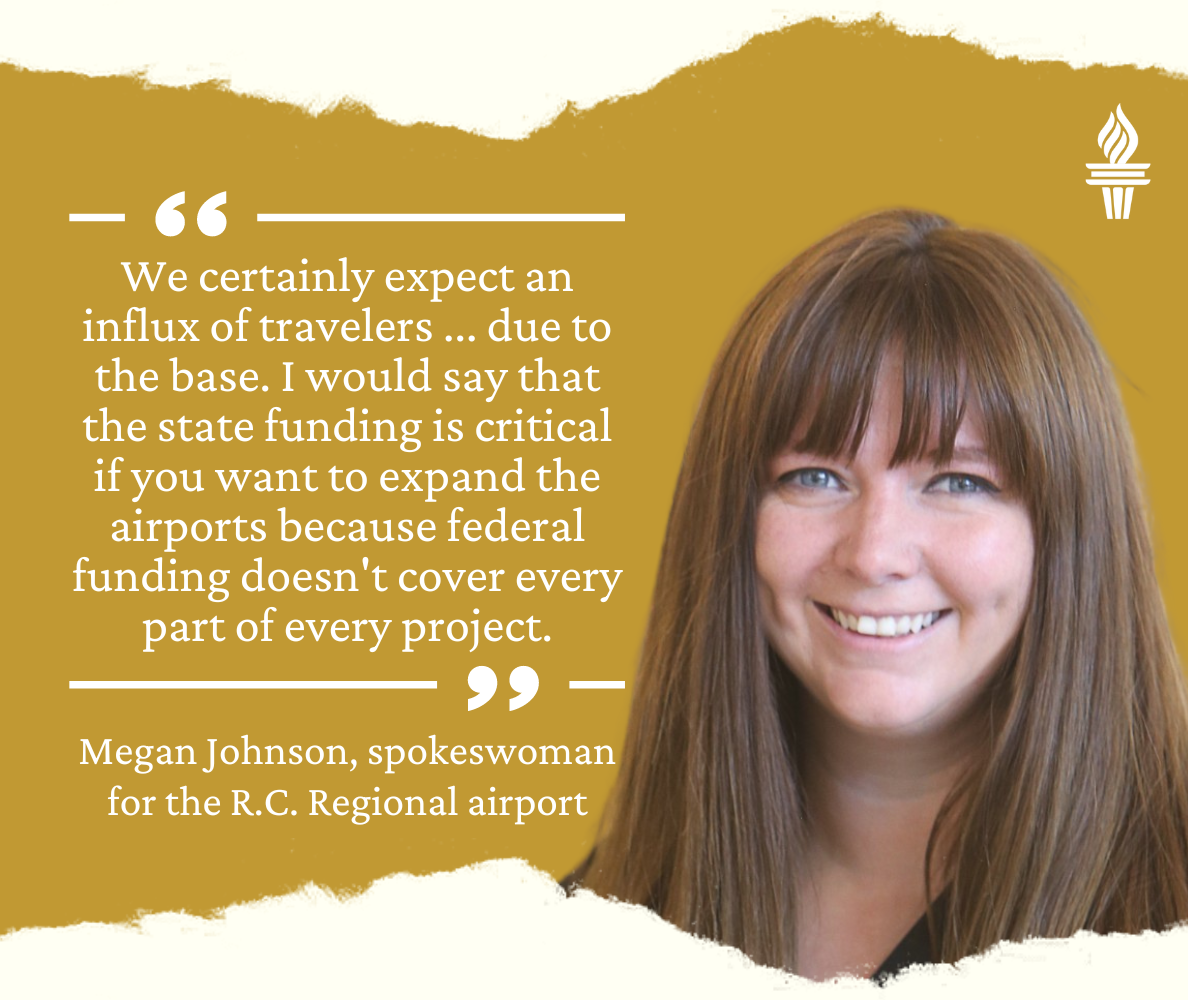
"We certainly expect an influx of travelers, families and support personnel due to the base," she said. "I would say that the state funding is critical if you want to expand the airports because federal funding doesn't cover every part of every project."
Airport officials expect to see increased arrivals, especially from Southern California, where the B-21 planes are built. The airport recently announced the launch of a new Allegiant Air direct flight between Rapid City and Los Angeles that will start in June.
"When we speak to airlines, we have to provide a case for service to new cities," Johnson said. "When we speak with airlines, we tell them, 'Hey, we have Ellsworth Air Force Base and they're bringing in these new jets.'"

